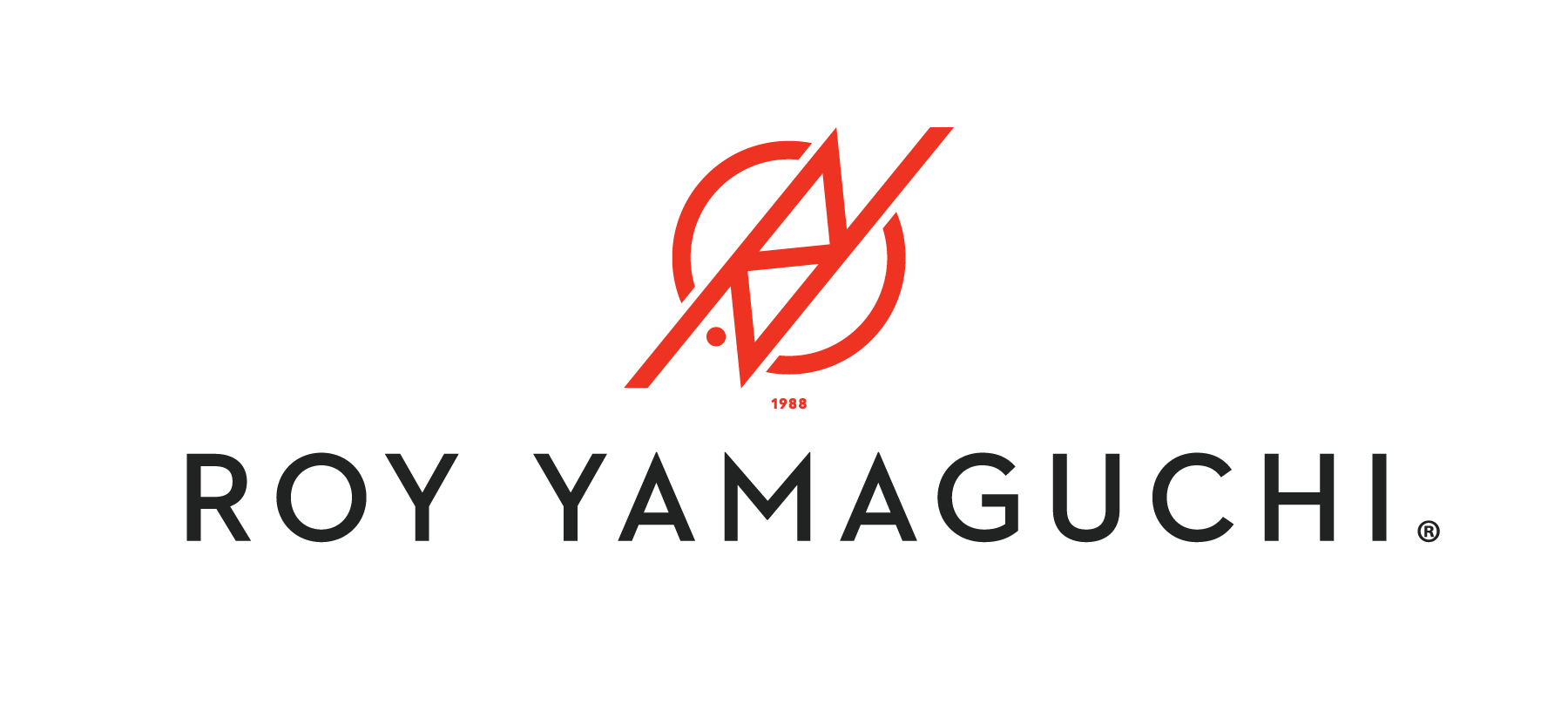via Leilani Marie Labong, SF Chronicle - March 9, 2017
Roy Yamaguchi’s career-defining personality trait showed up early in life. Just-for-fun potato sack races, for instance, revealed a level of grit not normally seen in grade-schoolers. Growing up on a military base outside of Tokyo, the future chef would also go AWOL, so to speak, in search of a more authentic ramen experience. When he left home at 17, it was to earn money moving military supplies — in those days, lunch was “as much mayonnaise as possible” on white bread because it was cheaper than rice.
“I’ve always had a lot of determination,” says Yamaguchi, who has stratospherically exceeded the mayo-sandwich era. Although most of his namesake Hawaiian fusion restaurants on the mainland are separately owned and operated, his culinary empire in the Pacific currently numbers 10 restaurants across four Hawaiian islands. Coming later this year are a yet-to-be-determined concept in Kailua on Oahu’s Windward Coast and separate fine-dining and sushi establishments on the 4,140-passenger MSC Seaside cruise ship.
His latest venture, Humble Market Kitchin, debuted at Marriott’s Wailea Beach Resort on Maui in late December. Part of the oceanfront property’s $100 million renovation, the restaurant takes over the space formerly occupied by Sheldon Simeon’s Migrant Lounge. In a completely refurbished open-air dining room with elegant elements of wood and stone, Yamaguchi dishes up food inspired by his grandfather, who owned a general store and tavern in Wailuku, a blue-collar town in central Maui.
There, a young Yamaguchi spent his summers working in the shop, observing his grandfather and unwittingly collecting inspiration for his future restaurant in a luxury resort on one of the poshest parts of the island.
“A lot of my cooking is based on childhood memories,” says Yamaguchi of such Humble Market Kitchin menu items as claypot black cod with Chinese sausage and “Yamaguchi-style” ramen with pork belly, shrimp dumplings and a thick sesame broth. Hearty, rich and intensely flavorful, these internationally inflected dishes epitomize Hawaiian comfort food.
It’s also easy to spot working-class origins in such plates as the crispy whole fish served with garlic rice and the Szechuan-spiced baby back ribs, though perhaps more difficult to recognize in the spoon-tender “Bourguignon” short rib. The Honolulu chef claims it can be traced back to a family recipe for beef stew, though the stylings of his French culinary idols Paul Bocuse and Roger Vergé are more evident.
Yamaguchi’s culinary trajectory started picking up speed when he famously signed up for a home-economics class in high school just to meet girls, but instead discovered a love of cooking. He graduated from the Culinary Institute of America in New York in 1976 before training in French cuisine at such prestigious (and long-shuttered) Beverly Hills restaurants as L’Escoffier and L’Ermitage. While at the latter, he cooked a lobster cassoulet with a life-changing sherry-cream sauce. “There is no better source of knowledge for cooking than the understanding of stocks and sauces,” he says.
In 1988, Yamaguchi combined his French gastronomy with his island roots to open his first signature restaurant, Roy’s, in Honolulu’s Hawaii Kai neighborhood. There are now 26 of these upscale spots across the nation, including one in SoMa in San Francisco.
To varying degrees, all of Yamaguchi’s restaurants authentically honor the rich culinary traditions of Hawaii’s population of immigrants — the sugarcane and pineapple plantation workers of yore who hailed from Portugal, the Philippines, China, Korea and Japan. His Eating House 1849 concept, which debuted on Kauai in 2015 and recently added Oahu branches in Waikiki and Kapolei, features the likes of pork-and-tofu lumpia and a kalbi-style rib-eye.
Yamaguchi’s reverence for the people who work the land extends to Hawaii’s farmers, ranchers and fishermen, particularly Dean Okimoto of Nalo Farms and Brooks Takenaka at the Honolulu Fish Auction. “They’re the ones who are up early, who get their hands really dirty and worry about how they can provide us with great ingredients,” says Yamaguchi, who also opened the open-air Roy’s Beach House at Oahu’s Turtle Bay Resort last August.
His desire to show off the islands’ native bounty — which includes taro, breadfruit, opakapaka (Hawaiian pink snapper) and local grass-fed beef — has further inspired him to write three cookbooks, compete on “Top Chef Masters” and, along with his wife, Denise, establish the Hawaii Food and Wine Festival.
“(The festival) showcases the wonderful products that Hawaii has to offer as well as tells a story about the people of Hawaii,” said Michelle Karr-Ueoka, pastry chef at MW in Honolulu and previous participant with husband and chef Wade Ueoka.
Now in its seventh year, the autumn event, which takes place across multiple islands, has hosted such culinary headliners as Nancy Silverton, Josiah Citrin and Charles Phan of San Francisco’s Slanted Door. “They come here, cook with our ingredients, and then they go home and spread the gospel about our food and culture,” says Yamaguchi. “The festival is really just a ploy to get more good ambassadors for Hawaii.”
